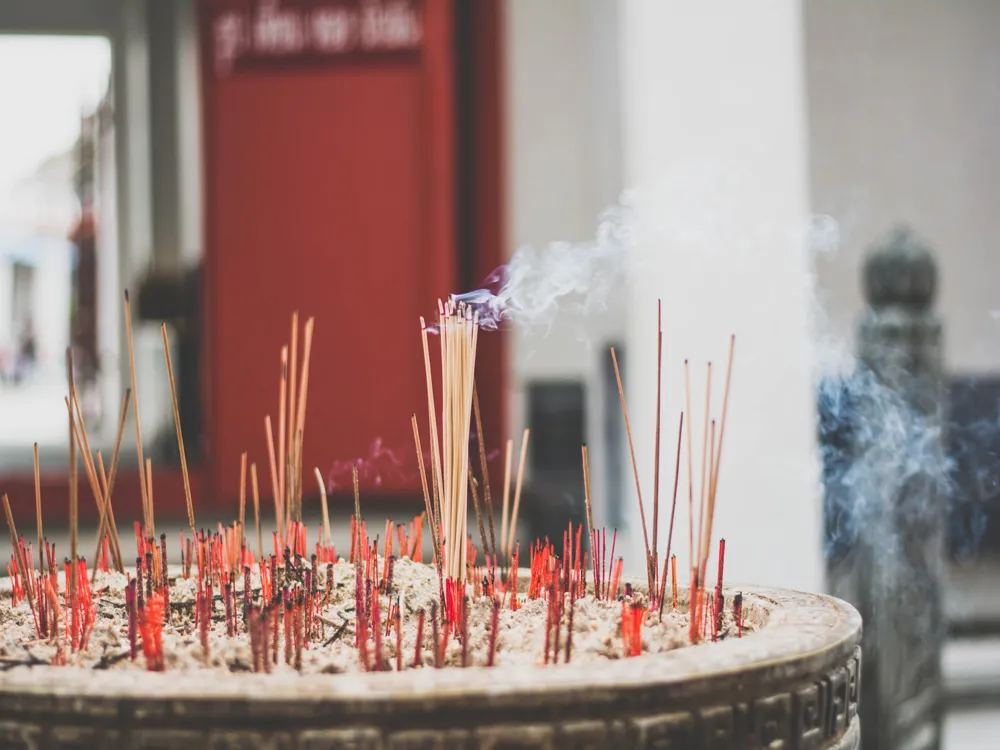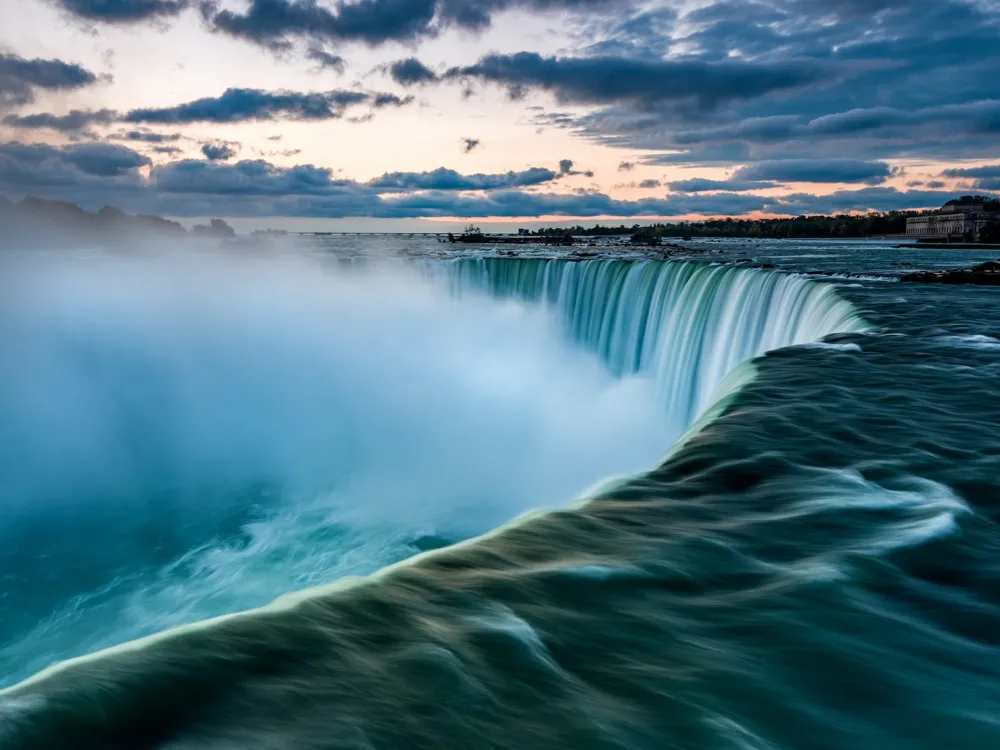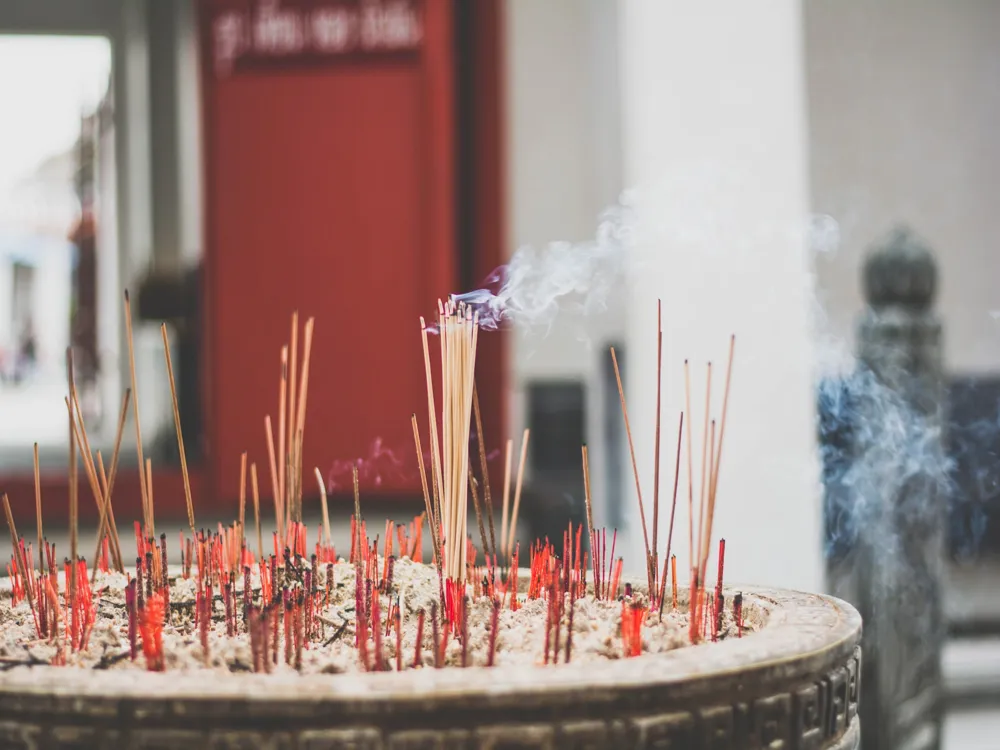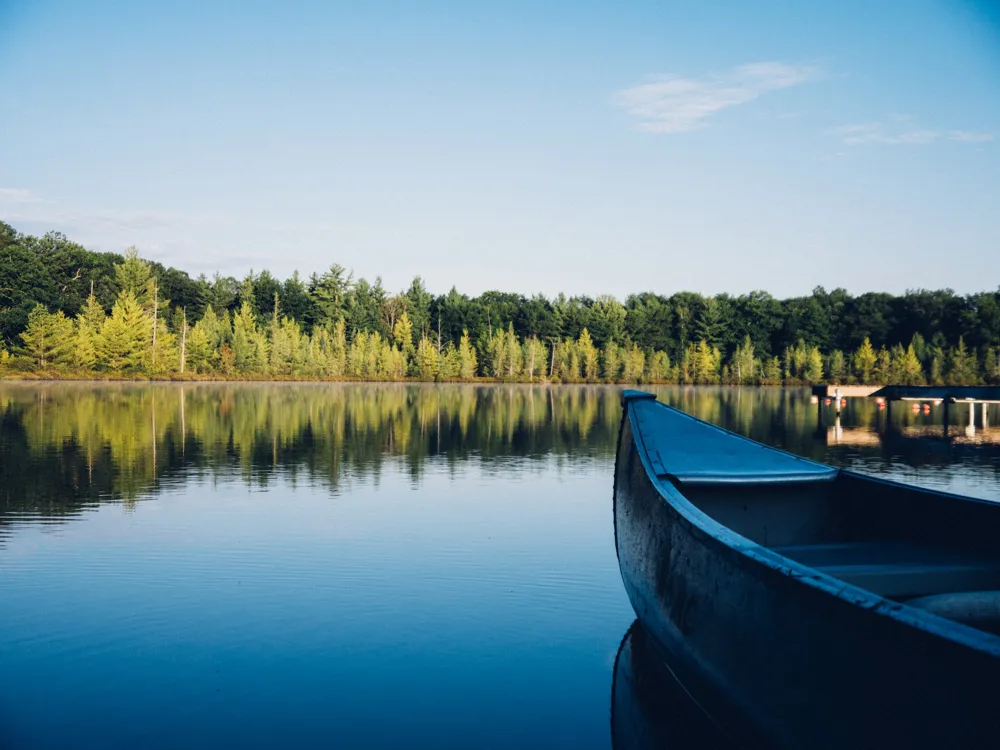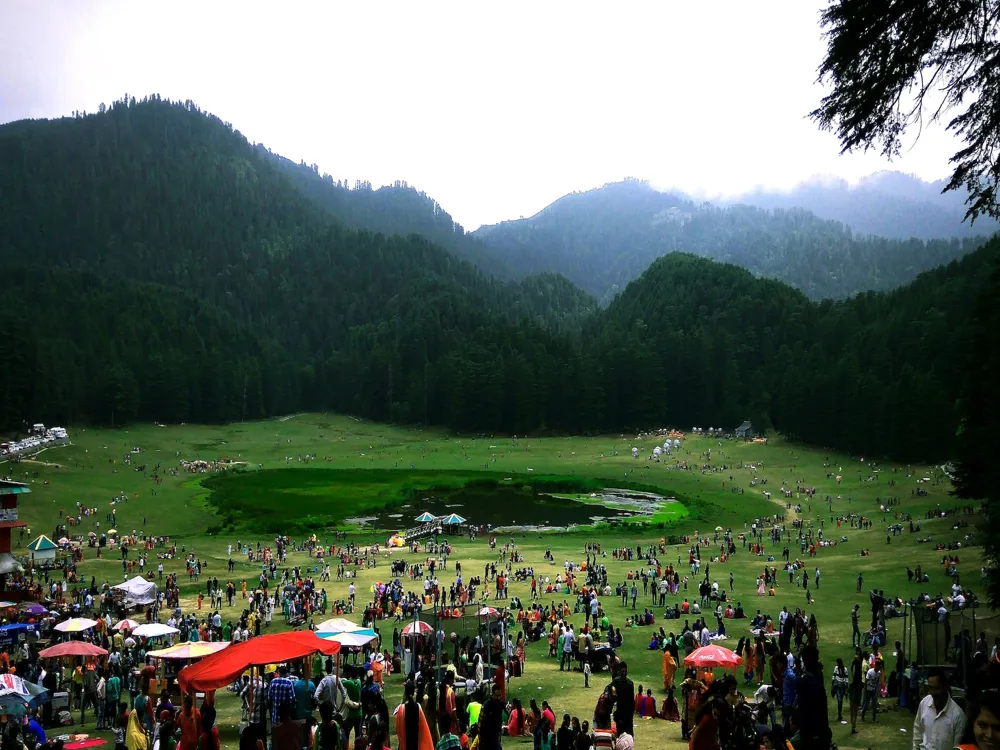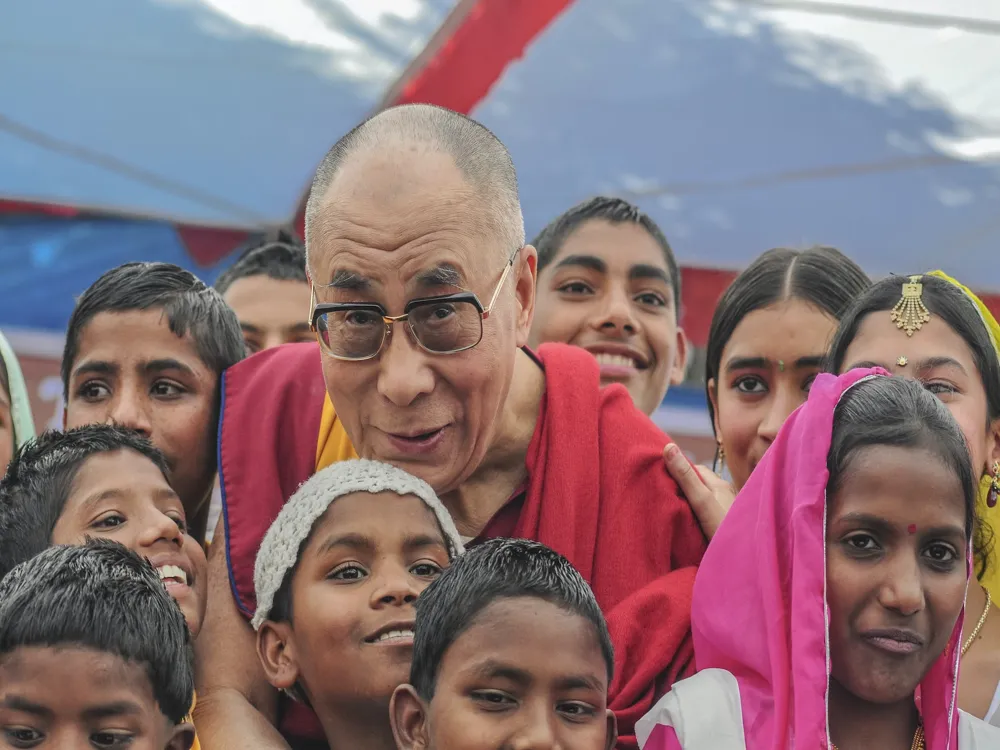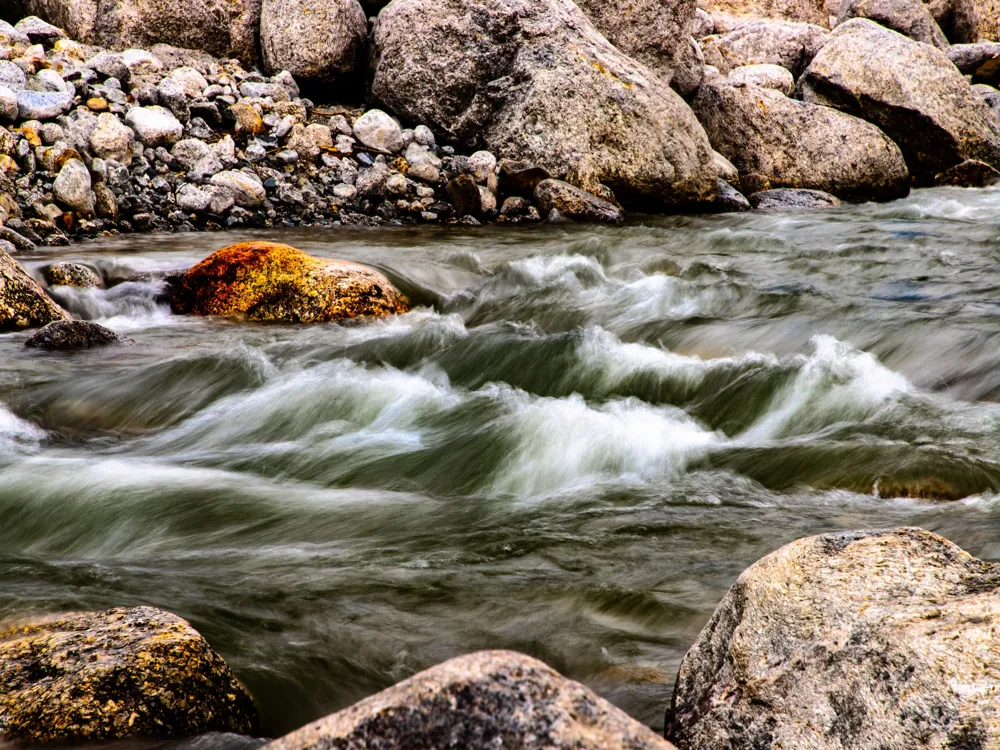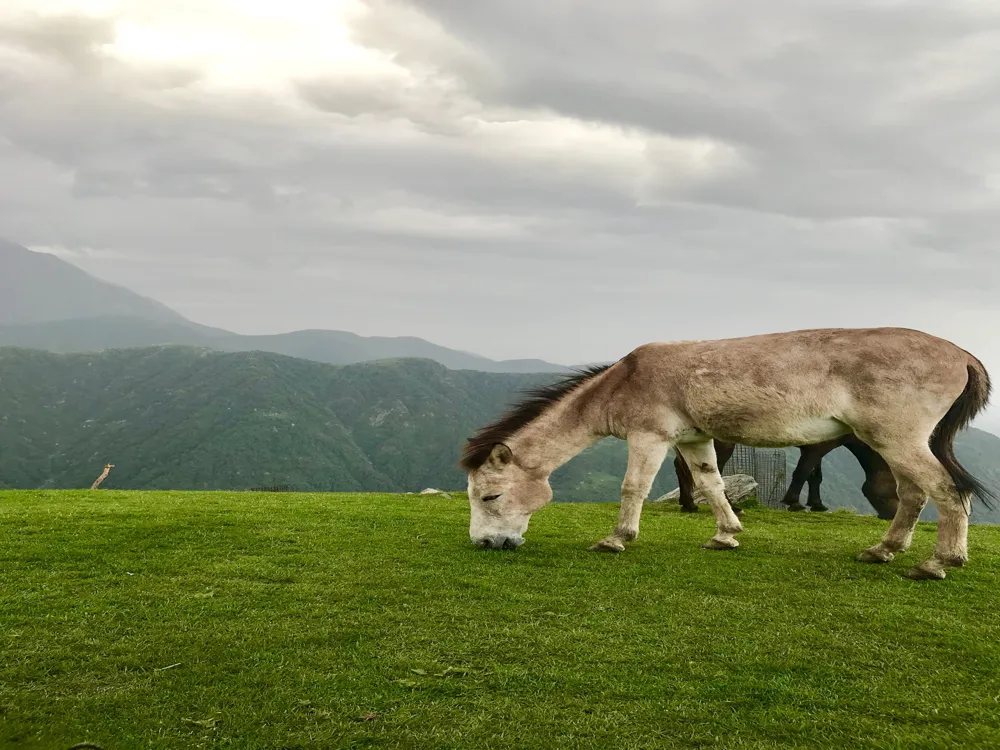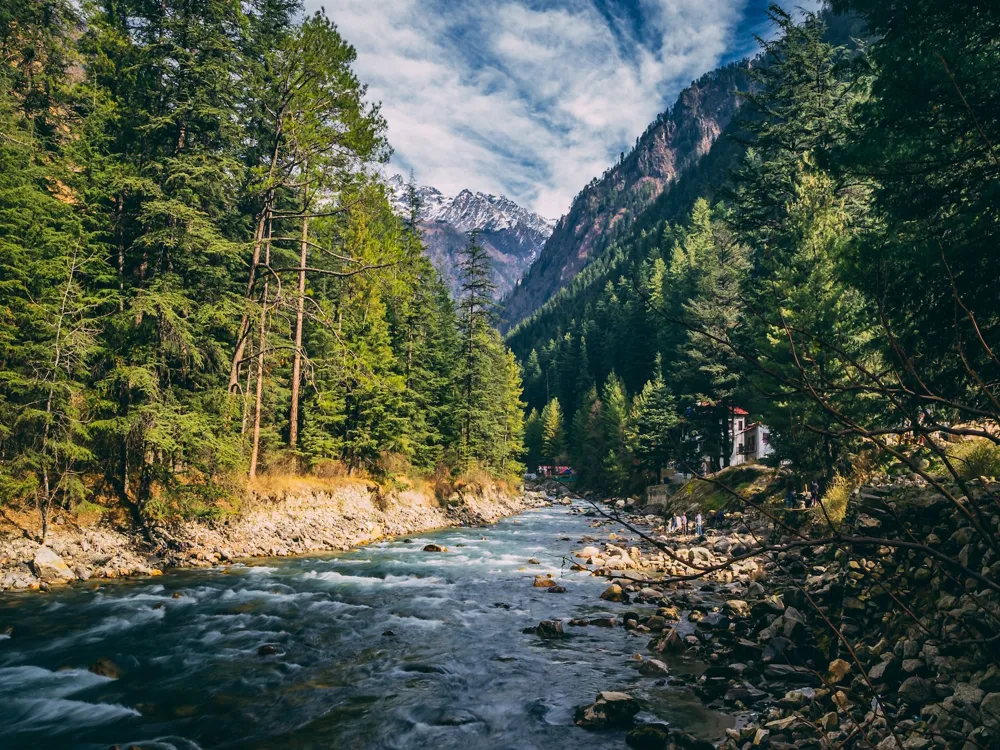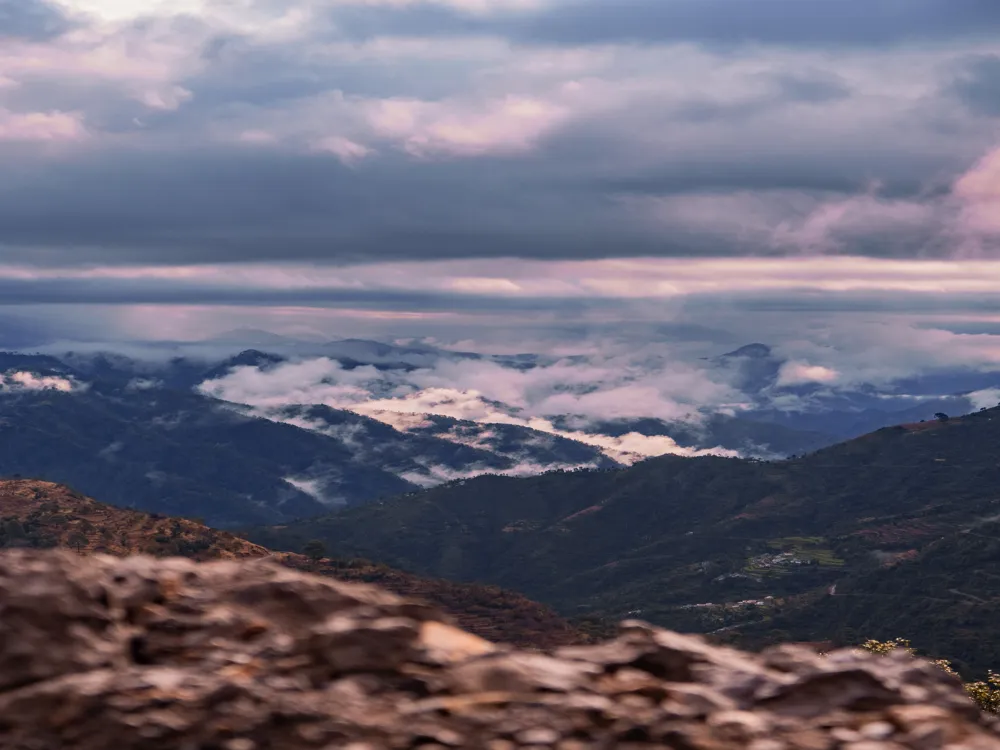Minkiani Pass, a hidden gem nestled in the Dhauladhar range of the Himalayas, offers a surreal escape into nature's magnificence. Situated near Mcleodganj in Himachal Pradesh, this pass is a paradise for trekkers and nature enthusiasts. The journey to Minkiani Pass is an exhilarating experience, winding through lush green forests, rocky terrains, and offering stunning views of the Himalayan peaks. The pass lies at an altitude of approximately 4,250 meters, making it a moderately challenging trek for adventure seekers. The trek to Minkiani Pass starts from Mcleodganj, a popular hill station known for its vibrant Tibetan culture and scenic beauty. The trail to the pass goes through various picturesque spots like Triund, which is a famous camping site offering panoramic views of the Kangra valley. The path further ascends to Lahesh Caves, where trekkers often camp before making the final climb to the pass. The entire trek is adorned with a diverse range of flora and fauna, adding to the ethereal beauty of the journey. Minkiani Pass serves as a connecting link between Kangra and Chamba valleys, offering a unique perspective of both these regions. The pass is strategically located, providing a vantage point to witness the stark contrast between the lush greenery of Kangra and the barren landscapes of Chamba. This geographical significance not only makes Minkiani Pass a trekker's delight but also a subject of study for geologists and nature enthusiasts. The climate at Minkiani Pass varies considerably throughout the year. Summers (May to June) are pleasant with moderate weather, making it the best time for trekking. The monsoon season (July to September) sees heavy rainfall, making the trail slippery and challenging. Winters (November to February) are harsh with heavy snowfall, making the pass inaccessible. Therefore, trekkers are advised to plan their journey accordingly, keeping in mind the weather conditions. The architecture of Minkiani Pass is not man-made but carved by nature itself. The pass is a stunning example of natural architecture, with its rugged mountain terrains, steep cliffs, and serene landscapes. The area around Minkiani Pass showcases a harmonious blend of geological formations, varying from sedimentary rocks to lush meadows, which reflect the ancient ecological processes that shaped this region. One of the most notable features of Minkiani Pass is its unique topography. The pass is characterized by steep slopes on one side and a gradual descent on the other, making it a strategic viewpoint to observe the surrounding peaks and valleys. The natural architecture of this region is a testament to the powerful forces of nature that have shaped the Himalayas over millions of years. The region around Minkiani Pass is rich in biodiversity. The lower altitudes are covered with dense forests of oak, rhododendron, and deodar trees, which gradually give way to alpine grasslands as one ascends. The area is home to a variety of wildlife, including Himalayan black bears, leopards, and various species of birds. The vibrant ecosystem of Minkiani Pass is a vital part of its natural architecture, adding to its allure and mystique. The geological features of Minkiani Pass are as intriguing as they are beautiful. The pass lies in the Dhauladhar range, which is known for its distinct granite and slate formations. These rock formations tell a story of the earth's evolutionary history and are of great interest to geologists and trekkers alike. The varying rock textures, coupled with the play of light and shadow, create a mesmerizing landscape that is both awe-inspiring and humbling. Before embarking on the trek to Minkiani Pass, ensure that you are physically fit and well-prepared. The trek involves steep climbs and rugged terrains, requiring good stamina and endurance. Engage in regular physical training prior to the trek, focusing on cardiovascular exercises and strength training. Pack light but carry all essential gear and clothing. This includes a sturdy pair of trekking shoes, warm clothing, rain gear, a sleeping bag, a tent (if camping), and a first-aid kit. Dress in layers to adapt to the changing weather conditions. Also, carry a good quality backpack to comfortably carry your essentials. It's crucial to have a reliable map and a compass or a GPS device for navigation. Always stay on marked trails and avoid venturing into unknown paths. Inform someone about your trekking plan and expected return. In case of emergencies, carry a whistle or a distress signal. Carry enough food supplies and water for the trek. It's advisable to bring high-energy foods like nuts, energy bars, and dried fruits. Ensure that you have a means to purify water, either through purification tablets or a portable water filter. To reach Minkiani Pass, the journey begins at Mcleodganj, which is well-connected to major cities like Delhi and Chandigarh. Mcleodganj can be reached by road, with regular bus services available from these cities. The nearest airport is Gaggal Airport in Dharamshala, which is about 20 kilometers from Mcleodganj. From Mcleodganj, the trek to Minkiani Pass starts, passing through beautiful landscapes and quaint villages, offering a glimpse into the local culture and lifestyle. The trek to Minkiani Pass is not just a journey through stunning landscapes but a voyage into the heart of the Himalayas. With each step, trekkers are greeted with breathtaking views and an unparalleled sense of serenity. It's a journey that challenges the body but soothes the soul, leaving trekkers with memories that last a lifetime.Overview of Minkiani Pass, Mcleodganj, Himachal Pradesh
Geographical Significance
Climate and Best Time to Visit
Architecture of Minkiani Pass
Flora and Fauna
Geological Features
Tips When Visiting Minkiani Pass
Preparation and Fitness
Essential Gear and Clothing
Navigation and Safety
Food and Water
How To Reach Minkiani Pass
Minkiani Pass
Mcleodganj
Himachal Pradesh
₹ 4,000 onwards
View mcleodganj Packages
Weather :
Tags : Hills & Valleys
Starting Point : McLeod Ganj
Trek Duration : Approximately 5-7 days
Best Time to Visit : May to October
Permit : Check with local authorities for any required permits.
Difficulty Level : Moderate to Challenging
Planning a Trip? Ask Your Question
Mcleodganj Travel Packages
View All Packages For Mcleodganj
Top Hotel Collections for Mcleodganj

Private Pool

Luxury Hotels

5-Star Hotels

Pet Friendly
Top Hotels Near Mcleodganj
Other Top Ranking Places In Mcleodganj
View All Places To Visit In mcleodganj
View mcleodganj Packages
Weather :
Tags : Hills & Valleys
Starting Point : McLeod Ganj
Trek Duration : Approximately 5-7 days
Best Time to Visit : May to October
Permit : Check with local authorities for any required permits.
Difficulty Level : Moderate to Challenging
Planning a Trip? Ask Your Question
Mcleodganj Travel Packages
View All Packages For Mcleodganj
Top Hotel Collections for Mcleodganj

Private Pool

Luxury Hotels

5-Star Hotels

Pet Friendly







